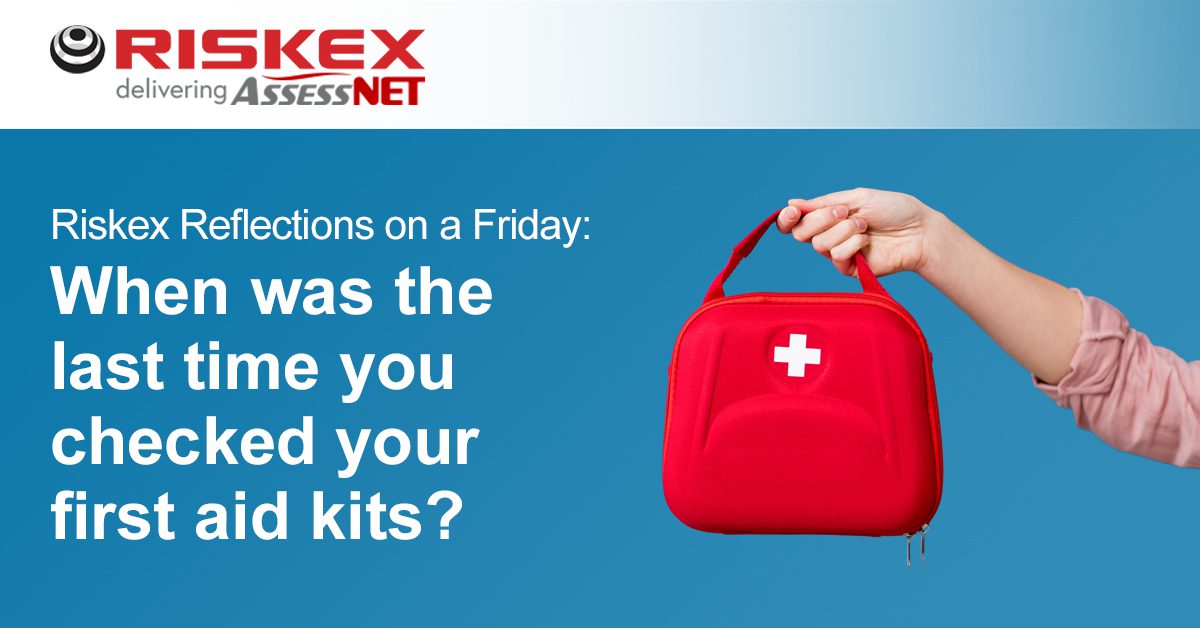
How many of us have checked our first aid kit and found out-of-date items? Or have you gone hunting for a plaster, only to find they have all gone and haven’t been replaced?
If these scenarios are familiar to you, read on for a few simple tips on ensuring that you keep on top of your legal obligations to ensure that as a minimum, you have:
- a suitably stocked first aid kit
- an appointed person or people to take charge of first aid arrangements
- information for all employees telling them about first aid arrangements
- Know your expiry dates. Some items within your first aid kit can expire. Items that have passed their expiry date should be disposed and replaced as they may not be effective and can start to deteriorate, making them unsafe. It’s not just medication that have expiry dates – items such as plasters, bandages, wipes, and gloves all have expiry dates, after which their sterility may be compromised. Weve produced a handy expiry date checklist that you can print and add to your first aid checklist or on the wall above first aid kits, you can access it here. Better still, why not save time and receive reminders of impending firs aid kit checks and expiry dates using our online logbook and checklist module? Book a demo here.
- Know your most used items. Your eye wash bottle may not be used very often, but your plasters usually are! So, think about installing plaster dispensers separately to your first kit and checking them more regularly.
- Make sure your first aid boxes can be easily accessed and opened. It may sound obvious, but just because you can reach the first kit, can someone else who is shorter or disabled do so? And what about tamper-evident seals? If you use them, can they be unsealed quickly in the event of an emergency?
- Check your first aid boxes regularly. Certainly every three months but more often of they are used frequently.
- Ensure that the contents are relevant and suitable for your operations. The contents of your first aid kit may need to be adjusted in accordance with your first aid needs assessment, based on the specific needs of your workplace, so be sure to evaluate your kit on a regular basis and make any necessary changes. As a minimum, the HSE advises that the following are included:
- a leaflet with general guidance on first aid (for example, HSE’s leaflet Basic advice on first aid at work
- individually wrapped sterile plasters of assorted sizes
- sterile eye pads
- individually wrapped triangular bandages, preferably sterile
- safety pins
- large and medium-sized sterile, individually wrapped, unmedicated wound dressings
Making the time to check and maintain your first aid kit is a small but important step in ensuring that your workplace is prepared for any emergency. By following the guidelines set out by the Health and Safety (First-Aid) Regulations 1981 and regularly checking your kit, you can help to ensure that your employees are safe and that you are prepared to handle any injuries that may occur.
You can find further HSE guidance here.
Latest News
Riskex Limited
BizSpace
Linford Forum
18 Rockingham Drive
Milton Keynes
Buckinghamshire
MK14 6LY
What3words reference:
Contact us
Make an enquiry:
Company No. 05174302
VAT No. 844 5092 22


